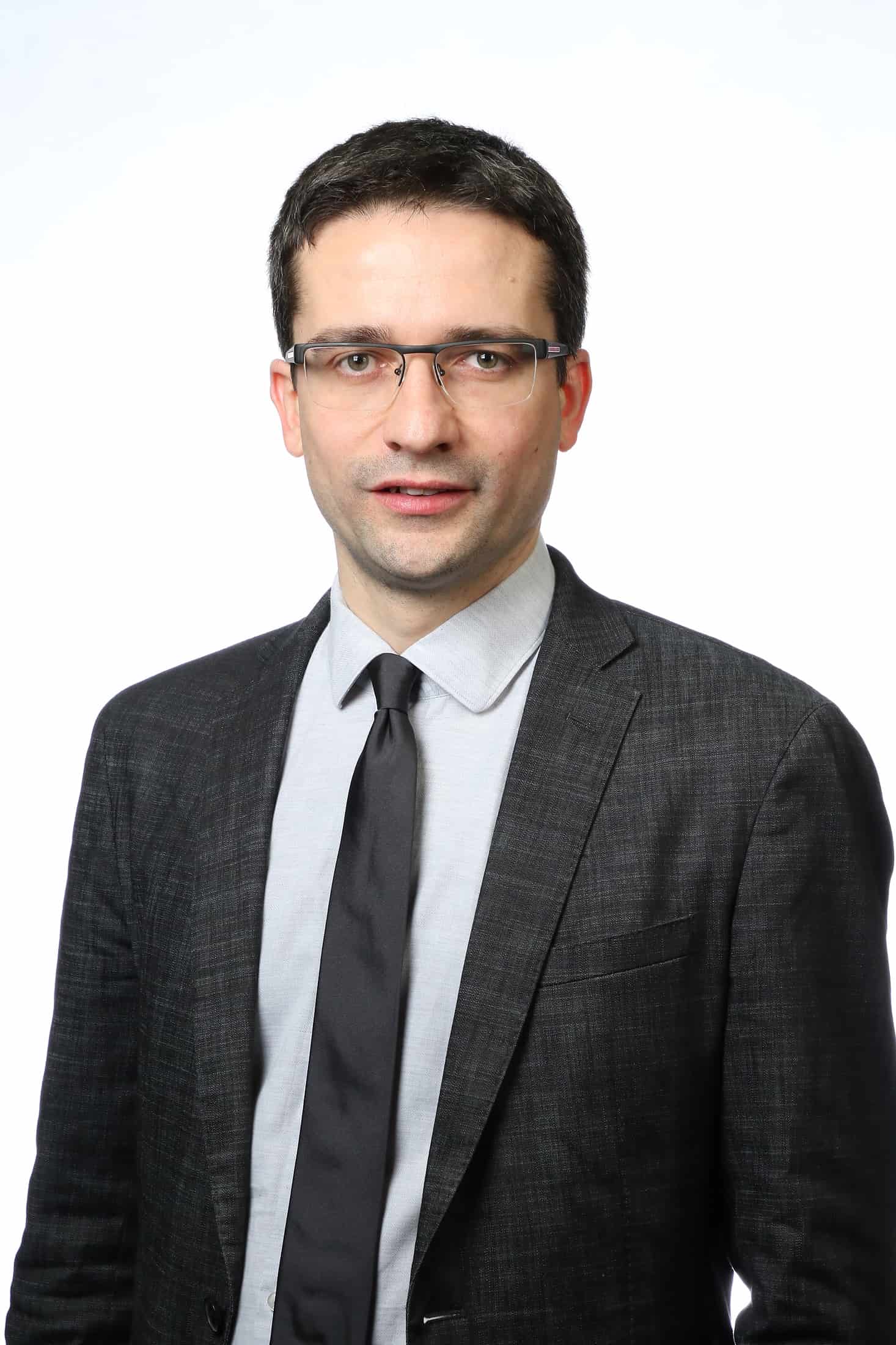With long-term survivorship increasingly achievable among patients with cancer, many in this population face the outcomes of treatment-related late effects, explain Richard Anderson, MD, PhD, Matteo Lambertini, MD, PhD, and colleagues. Among those effects are the potential impacts of anticancer treatments on fertility and future pregnancies. “Fertility preservation is a rapidly growing area that is quickly becoming ‘standard of care,’” adds Dr. Anderson. “Thus, there is a need for all oncologists who care for patients of reproductive age to be well informed about this topic.”
To provide an updated and expanded framework for fertility preservation and post-treatment pregnancies in patients with post-pubertal cancer beyond that included in the 2013 European Society for Medical Oncology (ESMO) recommendations on the topic, Drs. Lambertini and Anderson, along with ESMO Guidelines Committee, published ESMO Clinical Practice Guidelines in Annals of Oncology.
“Much important research has become available since the publication of the previous guideline, including efficacy and safety data for the majority of the available fertility preservation strategies,” notes Dr. Anderson. “This has allowed provision of more solid recommendations on when and to whom to offer these strategies. Similar considerations apply for the topic of pregnancy after cancer diagnosis and treatment, including on fetal monitoring. In addition, in the present guideline, a new section has been added focusing on the special needs in terms of both fertility preservation and post-treatment pregnancies for patients with hereditary cancer syndromes. There is a wealth of new evidence underpinning all aspects of this guideline. It is fair to say that not a huge amount derives from randomized controlled trials, but the quality of the evidence supporting this guideline has grown drastically in the last decade. This ranges from evidence on the fertility-damaging aspects of different treatments to progress in the techniques of fertility preservation, as well as the evidence as to their efficacy and safety.”
Key Recommendations
The key recommendation, explains Dr. Anderson, is for oncologists to establish rapid and effective lines of communication with colleagues in reproductive medicine who can provide fertility preservation to their patients. “Having such a referral pathway established supports oncologists in discussing this field with their patients and allows for quick referrals or even just discussion when that’s what is needed,” he adds.
In regard to medical gonadoprotection with gonadotropin-releasing hormone analogs, the only robust evidence is in women with early breast cancer, notes Dr. Lambertini, adding that trials in other cancers have not shown a benefit. “It is currently not clear whether this means that this approach doesn’t work in these other cancers or that it reflects the treatments involved (perhaps either too gonadotoxic or not very toxic), making it difficult to show a benefit,” he says.
When it comes to ovarian function and/or fertility preservation in female patients (Figure), Dr. Anderson stresses the importance or assessing the risk to the patient as accurately as possible, as doing so is crucial to allowing for an informed discussion with the patient, and thus, helping her make the right decision for herself. “Counseling is recommended for patients who wish to try to preserve their fertility and/or ovarian function, and this discussion and their age should inform the treatment approaches taken.”
The Basis for a Practical Approach
Drs. Anderson and Lambertini hope the guideline provides the basis for a practical approach on fertility preservation and post-treatment pregnancy in patients with post-pubertal cancer, highlighting where good evidence supports a recommendation, and conversely, where evidence is limited and there is more uncertainty about a risk or intervention. “This all translates back into being able to have a more informed discussion with the patient,” says Dr. Lambertini. “The guideline is based on European healthcare systems, so there will be differences to a US system, but the principles of well-informed patient care based on the most up-to-date evidence are global. Ultimately, we need to remember that the ultimate outcome is a healthy mother and baby and optimize treatment that supports patients through to that end.”



